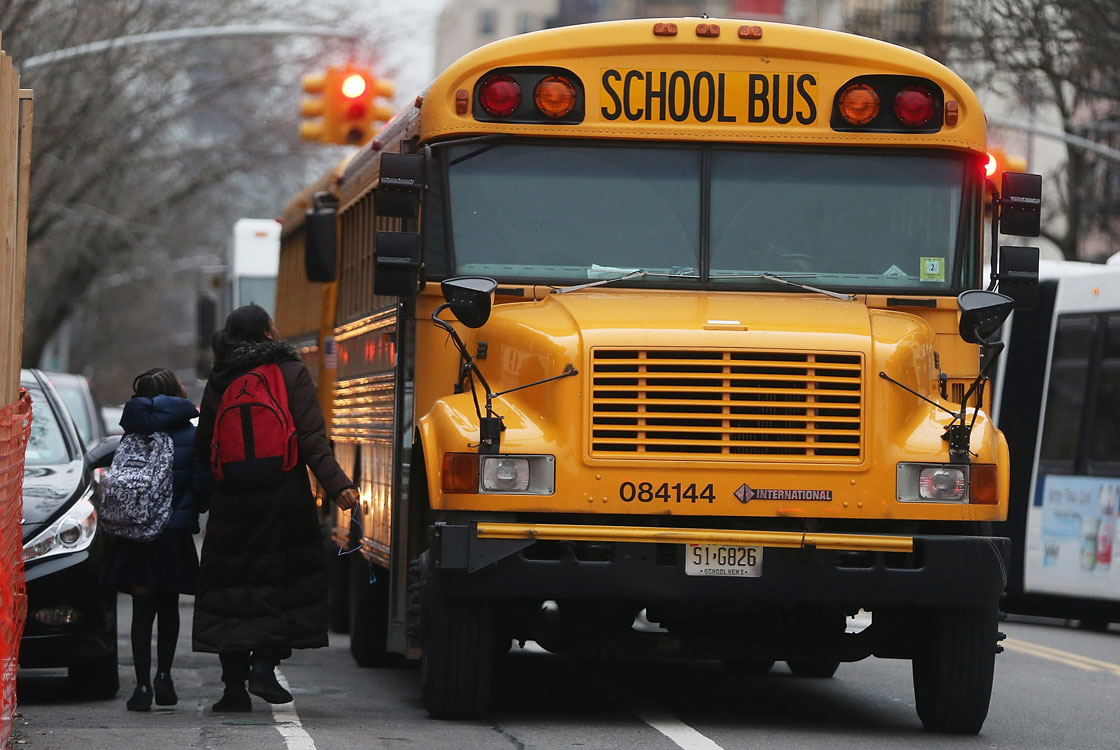Men and women may share Alberta’s roads, but they don’t seem to be driving the same vehicles, according to newly released data from the Alberta government.

Global News downloaded Service Alberta data on driver’s licences from the brand-new Alberta Open Data website and found some interesting trends.
On September 8, 2012, there were 2,768,337 licensed drivers in the province. 52 per cent of those drivers were men.
Where things get interesting is when you look at the types of licences held by each gender. Men are much more likely to have a specialty licence of some kind, for example, one that lets them drive a motorcycle or a transport truck.
But until about age 55, there are more women with a specific bus licence than men.
While a Class 1 licence also permits bus driving along with various commercial vehicles, and many more men than women have Class 1 licences, someone who only wished to drive a bus would only need a Class 2.
Women with Class 2 licences significantly outnumber men from about age 31 to age 51, and the number of women with Class 2 licences drops off quickly after that. It seems unlikely that all these women are driving city buses. Although they don’t keep specific statistics, Calgary Transit estimates their operators are about 80 per cent male.
- Calgary’s mayor asks province to salvage parts of halted Green Line transit project
- Moraine Road RV residents get temporary extension while city seeks long-term solution
- 2nd-degree Banff murder conviction ‘won’t bring my boy back’: Mother
- Jasper mayor says CN Rail relocation will be devastating: ‘Deeply disappointed’
School buses are another story. Women make up more than half the drivers at Southland Transportation Ltd., which operates school buses for the Calgary Board of Education and the Edmonton Public School Board, among others.

Get breaking National news
“It’s quite an appealing job for a lot of women,” said spokesperson Natasha Gleiser. “With a school bus job, it is a part time job, so you can get your kids to school and you’re off on the evenings, weekends and holidays with your children.”
Some school boards even allow drivers to bring their own preschool-aged children with them on the bus, she said, and the hours mean that someone with a home-based business can supplement that business with a steady income.
In fact, the bus company actively recruits stay-at-home moms.
“We target the stay-at-home parents as probably our biggest driving group. But after that, it’s the retirees. So we have lots of retired men working for us.”
On the other side of the spectrum, more than 228,000 men are licensed to drive a motorcycle. By comparison, only 33,130 women are. That’s less than 13 per cent of total licenced motorcycle drivers.
“A lot of girls have done their knowledge tests here, the first part of getting their motorcycle license, but the road test, I haven’t seen one girl do that,” said Jonathan Ruiz, who works at Registries Direct, a Calgary office that offers tests for all licence classes.
Ruiz says motorcycles are often seen as a more masculine thing. “I think guys are a little bit more excited to look for things that have an adrenaline rush,” he said.
That said, Ruiz’s mother is a long-time motorcycle rider who just recently bought a new bike.
While men with specialized licences outnumber women when it comes to motorcycles, the proportion of women is increasing. According to statistics from Alberta Transportation, there were 34,471 women licensed to drive a motorcycle on March 31, 2013 – a 66 per cent increase since 2004. The number of male motorcycle drivers increased by 28 per cent over the same period.
Similarly, the number of women with a Class 2 licence increased by 14 per cent since 2004, where the number of men increased by 8 per cent. The gender gap is still growing with Class 1 licences, though: the number of men increased by 28 per cent since 2004, and the number of women only grew by 26 per cent.
For full information on the different types of Alberta driver’s licences, click here.






Comments